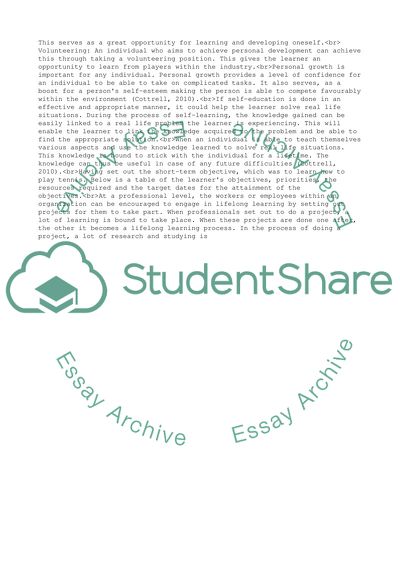Cite this document
(Personal AND Professional development Essay Example | Topics and Well Written Essays - 4000 words, n.d.)
Personal AND Professional development Essay Example | Topics and Well Written Essays - 4000 words. https://studentshare.org/human-resources/1825461-personal-and-professional-development
Personal AND Professional development Essay Example | Topics and Well Written Essays - 4000 words. https://studentshare.org/human-resources/1825461-personal-and-professional-development
(Personal AND Professional Development Essay Example | Topics and Well Written Essays - 4000 Words)
Personal AND Professional Development Essay Example | Topics and Well Written Essays - 4000 Words. https://studentshare.org/human-resources/1825461-personal-and-professional-development.
Personal AND Professional Development Essay Example | Topics and Well Written Essays - 4000 Words. https://studentshare.org/human-resources/1825461-personal-and-professional-development.
“Personal AND Professional Development Essay Example | Topics and Well Written Essays - 4000 Words”. https://studentshare.org/human-resources/1825461-personal-and-professional-development.


